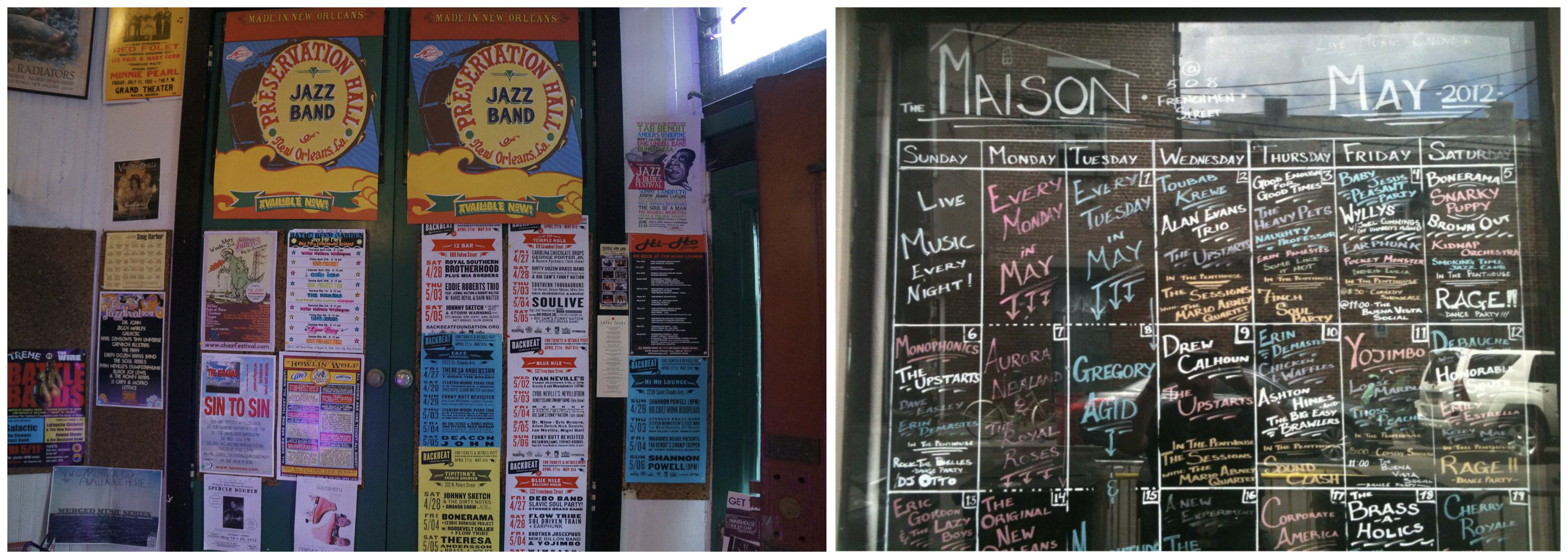
The challenge
New Orleans musicians, who play an integral role in shaping the city’s identity, faced various challenges, including financial instability, lack of visibility, and limited access to resources. According to Scott Aiges of the New Orleans Jazz and Heritage Foundation, the average musician in the area makes less than $27,000 a year. Our project aimed to change that narrative. How could design improve the experience of local musicians?
Our mission was clear: empower independent musicians who faced economic struggles and lacked fair compensation. The project was supported by the GRAMMY Foundation, MusiCares, and Clinton Global Initiative. But there was a twist—we needed to develop solutions within 3 days.
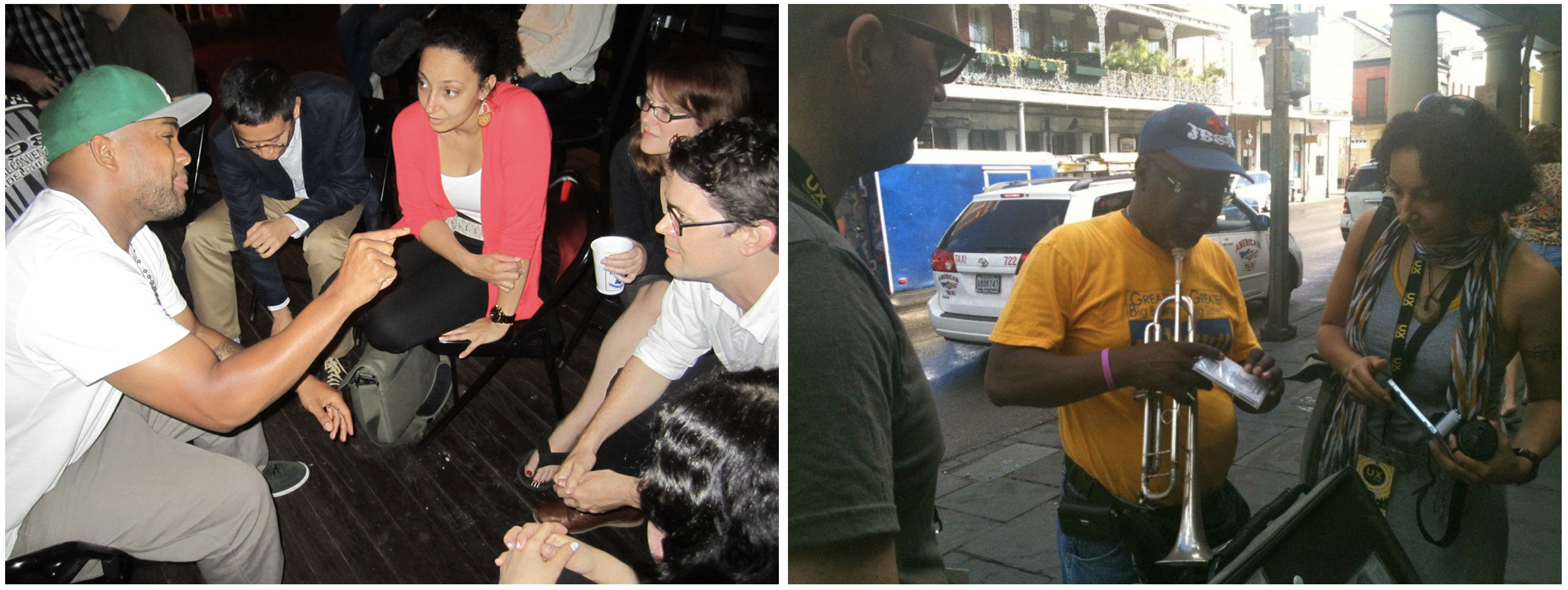
Start with listening
The UX for Good team immersed ourselves in the music scene. We started by interviewing street performers, DJs, producers, and music venue owners. We listened to stories, frustrations, and dreams. Their stories echoed the struggle: venues unable to offer fair pay, musicians driving tourism but not reaping the benefits. This empathy-driven approach laid the foundation for meaningful collaboration.
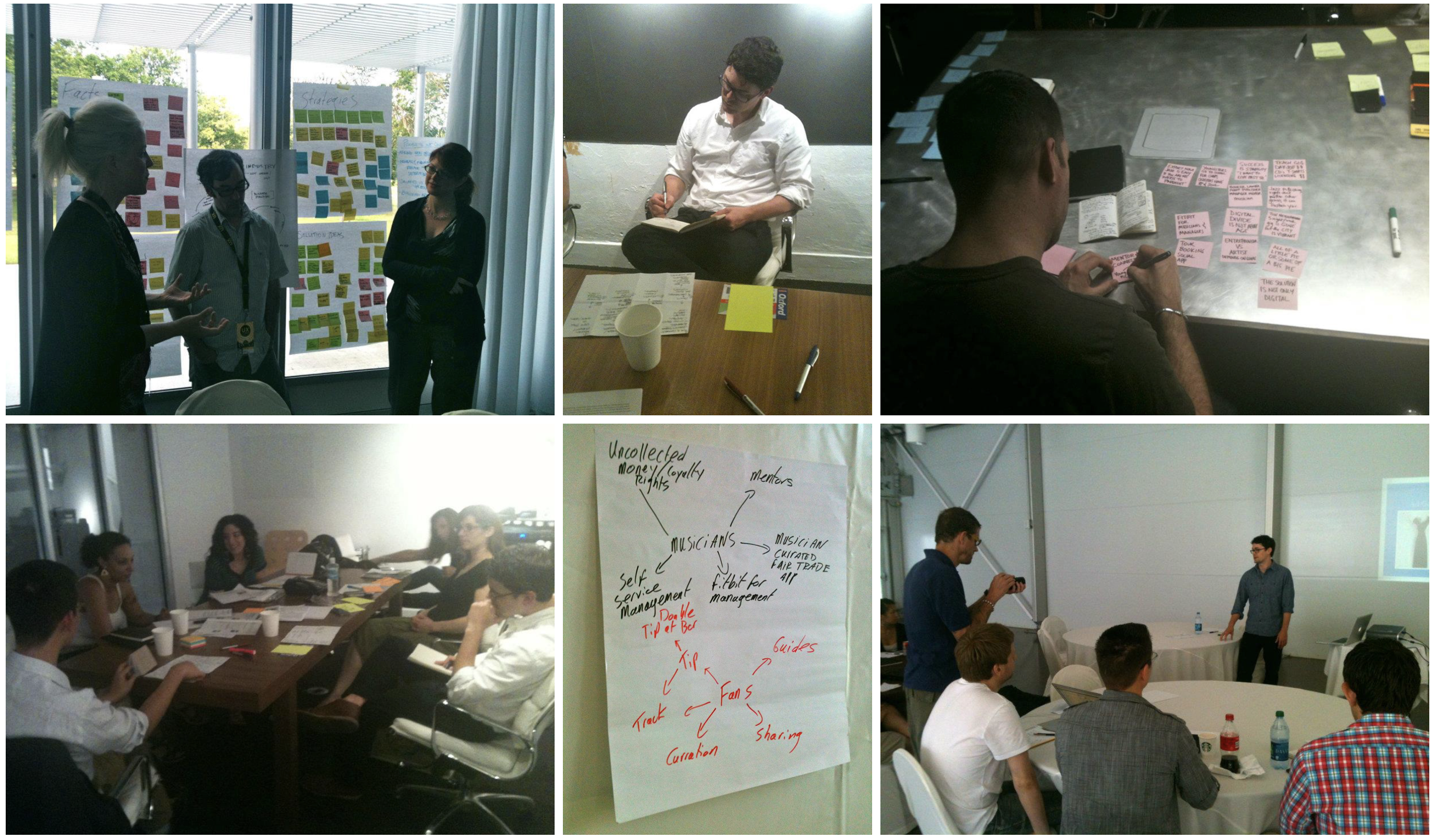
Rapid prototyping
We huddled in caffeine-fueled brainstorming sessions. How could we connect tourists and musicians? How could we empower artists to manage their careers more effectively? The whiteboards and post-its overflowed with ideas—some wild, some practical. We debated, discarded, and refined.
We envisioned interfaces that not only improved musicians’ financial situations but also fostered personal connections with audiences. Our team embarked on a journey to bridge this gap. We imagined tourists engaging with artists during and after their visits, forming lasting bonds beyond mere performances. Our solutions aimed to create a more sustainable music culture—one where artists and fans could connect on a deeper level.
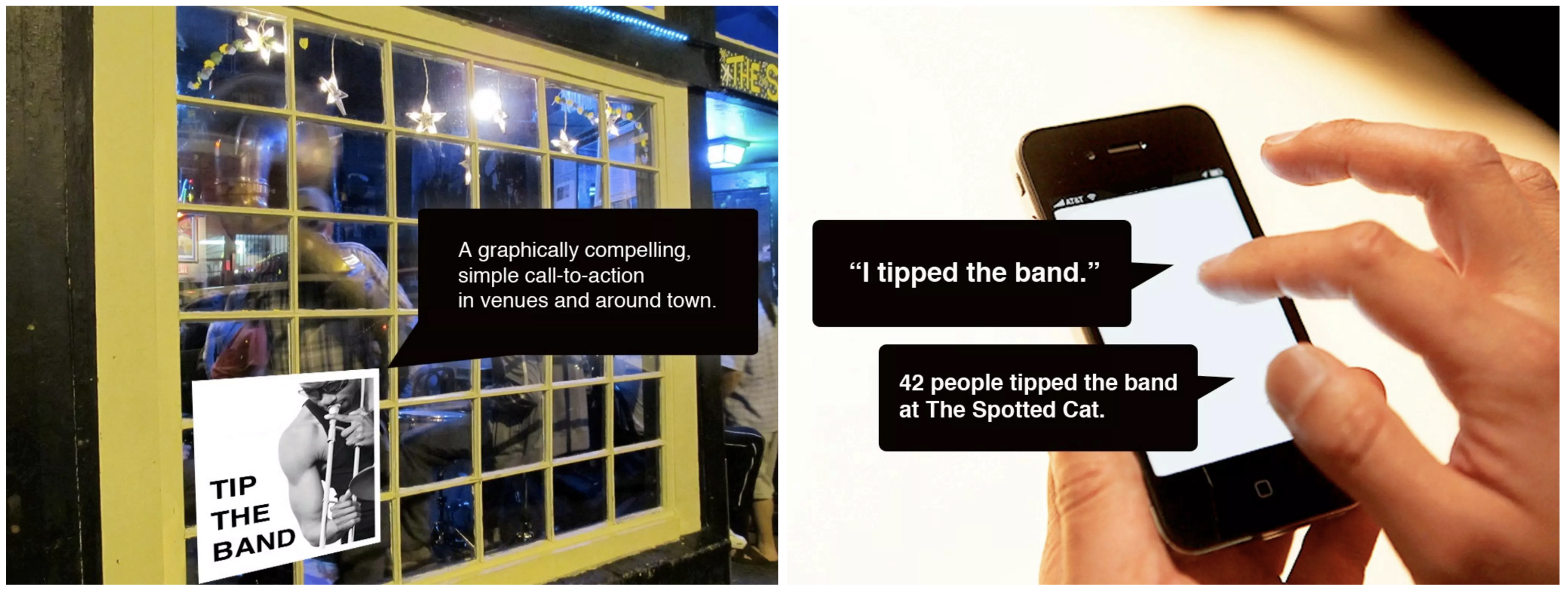
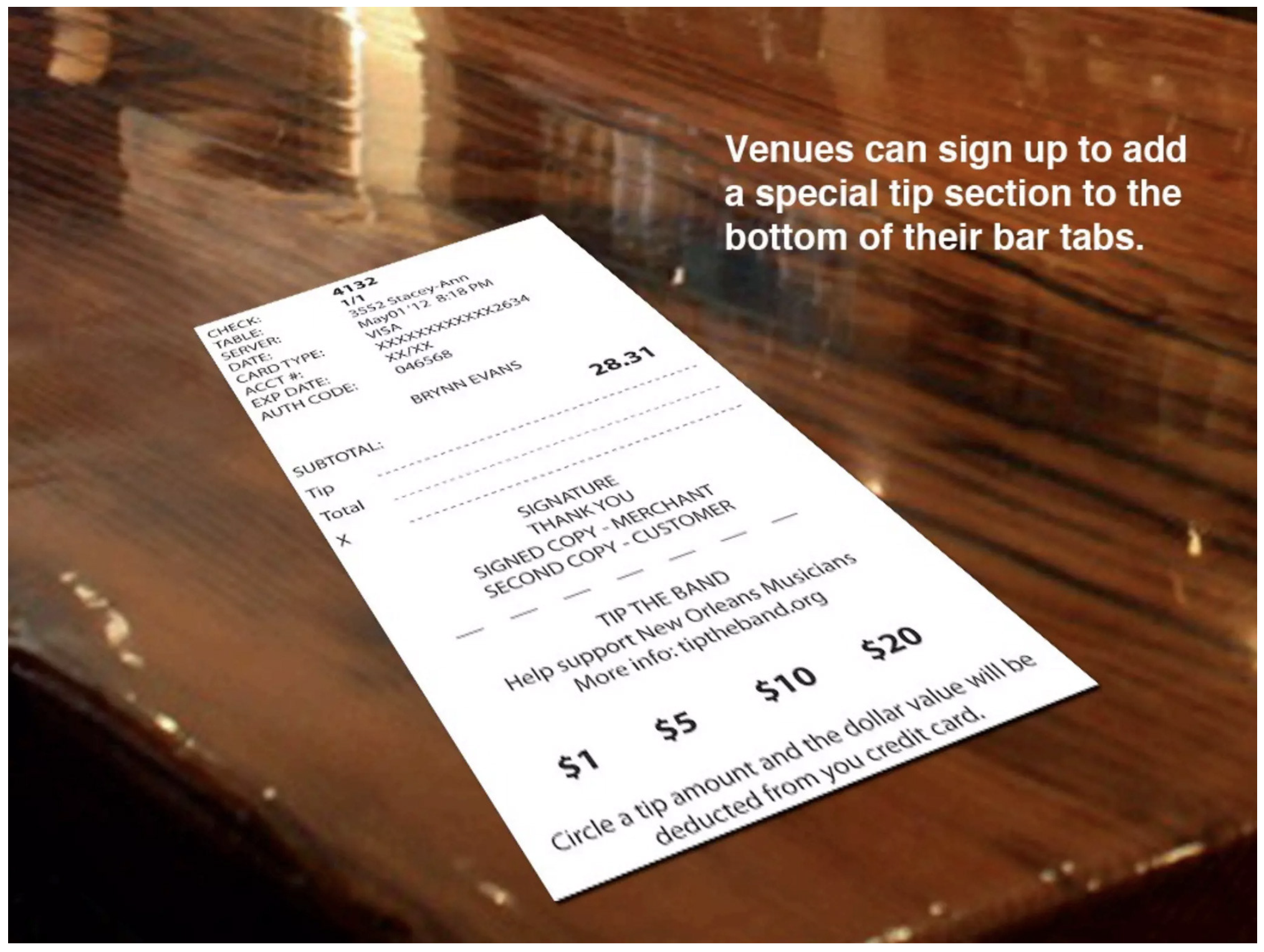
Our first solution, the Tourist-Musician Connection, aimed to create a platform where tourists could directly engage with musicians during and after their visits. By fostering personal connections, this concept allowed tourists to appreciate the artists behind the music, enhancing the overall music experience and creating lasting bonds.
The second solution focused on Self-Management Tools for Musicians. Here, the goal was to empower musicians to optimize their careers. The features included, enabling musicians to connect more effectively with their fan base, providing strategies for increasing income, and encouraging sustainable practices for long-term success.
These solutions went beyond immediate challenges; they laid the groundwork for a thriving music community—one where artists and fans formed deeper connections.
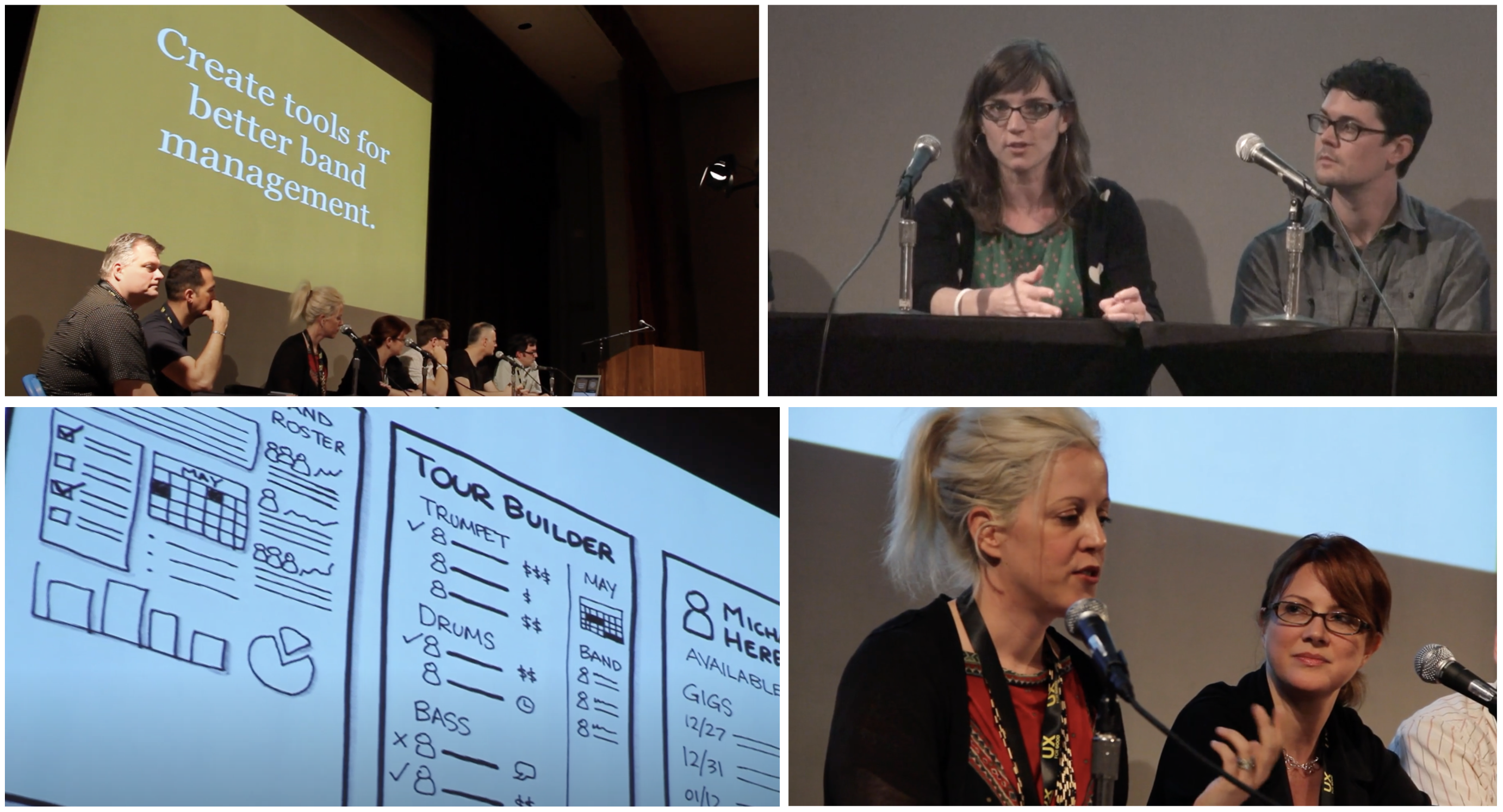
Immediate feedback
The culmination of the project was the final presentation, held in an open forum. Representatives from local government, nonprofits, and community organizations attended. All participants who contributed to the research were invited, fostering inclusivity. Each design team presented their solutions, emphasizing user experience and impact. Visual aids, interactive demos, and storytelling techniques were used to engage the audience.
Stakeholders provided feedback, insights, raising questions and offering support for driving the ideas forward. The UX for Good model demonstrated the power of design thinking in addressing complex social issues.
Beyond the sprint
Constraints, like 3 days to design, ignited our creativity. The design sprint's prototypes aided the music community stakeholders who sponsored and participated in the project—providing a view of what was possible and a way to amplify voices that deserved recognition.
While it sparked ideas, some aspects remained unexplored. Music isn’t just about gigs; it’s about artistic expression, community, and complex economic systems. Deeper research and long-term impact studies require more time. A few days couldn’t unravel all the threads.